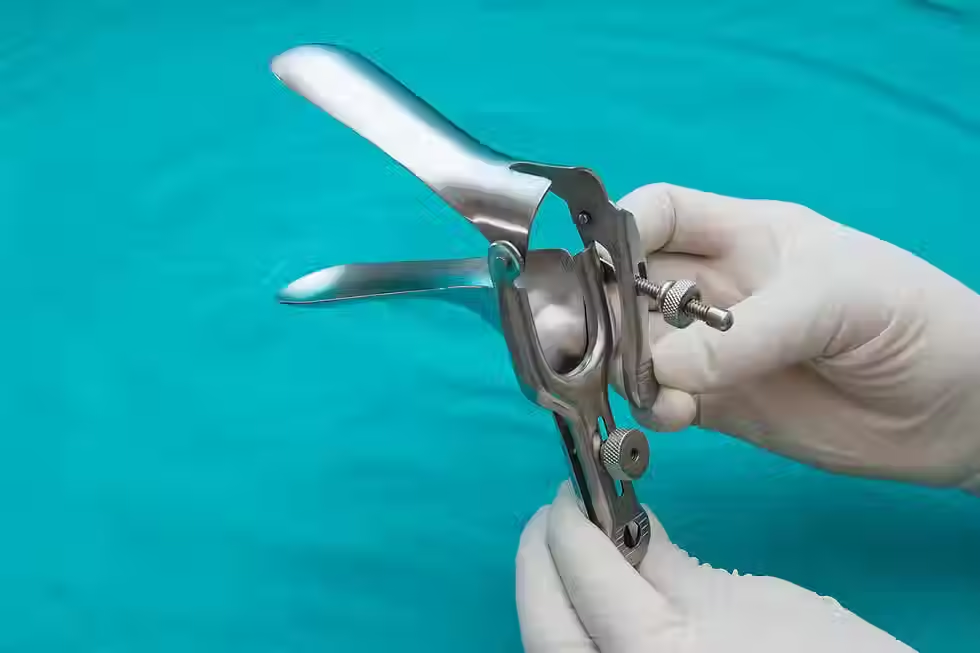Origins of the PA Profession
- siricnikku
- Jul 14, 2025
- 2 min read

The PA profession was created to increase and improve access to care. Specifically, in the 1960s, physicians and educators observed a shortage of primary care physicians for the growing number of patients. After World War II, the technological changes drew many physicians from practicing internal medicine and into specialties. This change led to doctors working in large hospitals in large populated areas rather than in their private practices. Their absence led to many poor patients in rural areas being neglected. The baby boom that occurred after the war, as well as the United States's growing wealth, demonstrated a need for more providers. Around the same time, rising healthcare costs led to employers starting to pay for employees' insurance as a benefit. Between 1945 and 1960, the number of Americans becoming insured increased from 32 to 122 million. However, while access to healthcare and insurance was a reality for many Americans, those in poor and rural areas were still not able to access adequate healthcare.
To remedy this, Dr. Eugene Stead, M.D., from Duke University Medical Center, established the first class of PAs in 1965. Dr. Stead dreamed of a program that could train individuals with previous medical experience to be generalist assistants who could support physicians and practice with physician supervision. He based this model on the relationship between Dr. Amos Johnson and his assistant, Buddy Treadwell, who served a rural community in North Carolina in the 1940s. Dr. Stead created the curriculum for the PA program due to the fast-track training of doctors during World War II. In determining how to gather the students for his program, the Vietnam War offered a solution at this time due to the large number of military corpsmen who were trained extensively medically but were unsure how to reenter civilian life. The program was built upon prior knowledge and consisted of nine months of broad medical training and fifteen months of clinical rotations. Dr. Stead chose four of these Navy Corpsmen, and the first PA class graduated from Duke University on October 6th, 1967.
The new profession started to grow as other programs were developed. Dr. Richard A. Smith created the Medical Extenders (MEDEX) at the University of Washington. This program emphasized working with underserved, poor, and rural populations. Many rotations in this PA program sent PA students to these areas in need and then situated the graduates there. Similar to Dr. Stead, Smith trained veterans to become healthcare providers and reenter civilian life. Class 1 of MEDEX was started in 1969, just a few years after Duke University's first PA class. With many PA programs beginning to develop, the American Medical Association recognized PAs as primary care providers in 1971, addressing the physician shortage and rising healthcare costs.
Since its declaration in the 1960s, the PA profession has been celebrated and accepted as a creative solution to the provider shortage. The medical community has contributed to the profession's further development, ensuring national certification and standardized examination for other accredited PA programs.
Thank you for reading,
Siri Nikku
Sources:



Comments